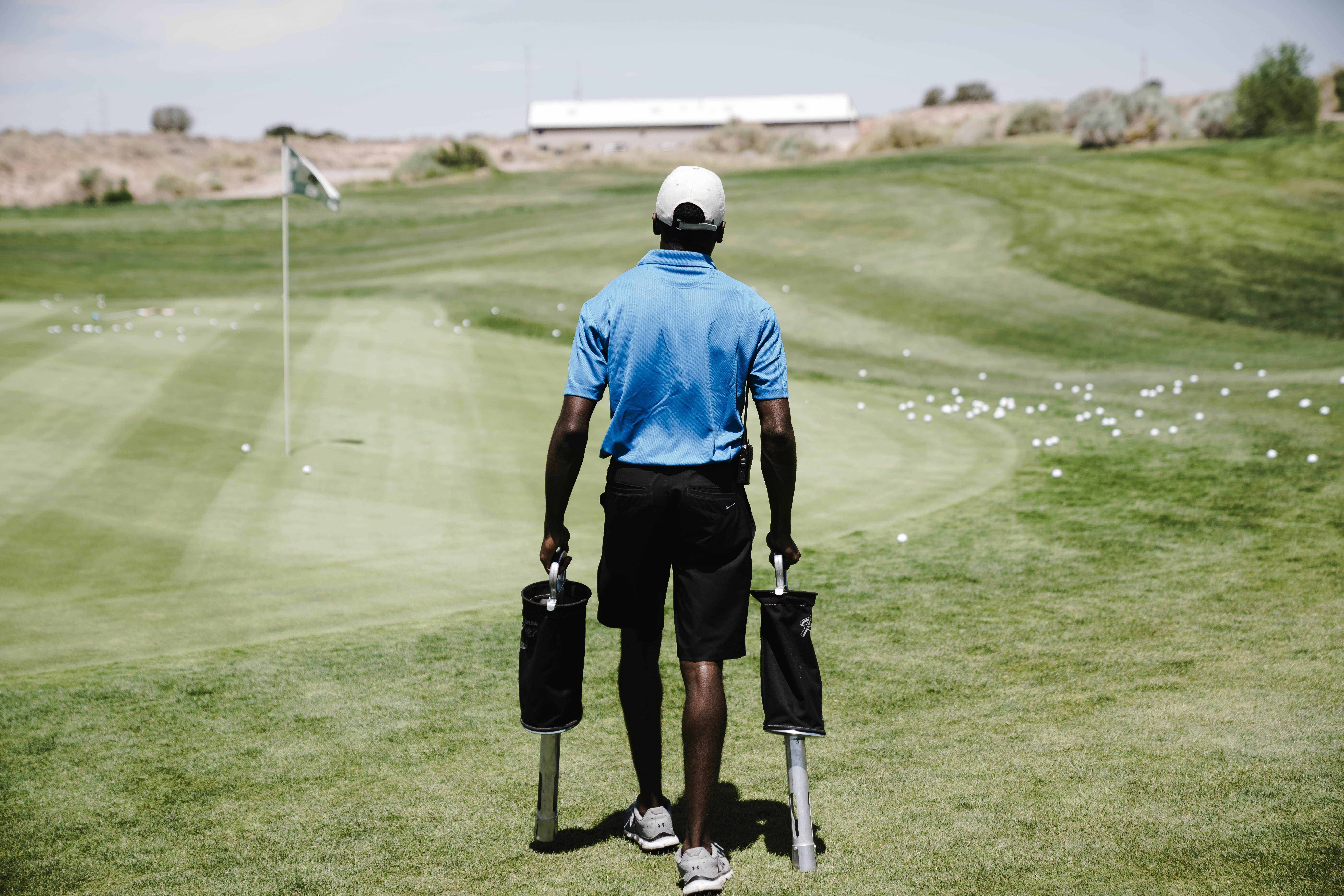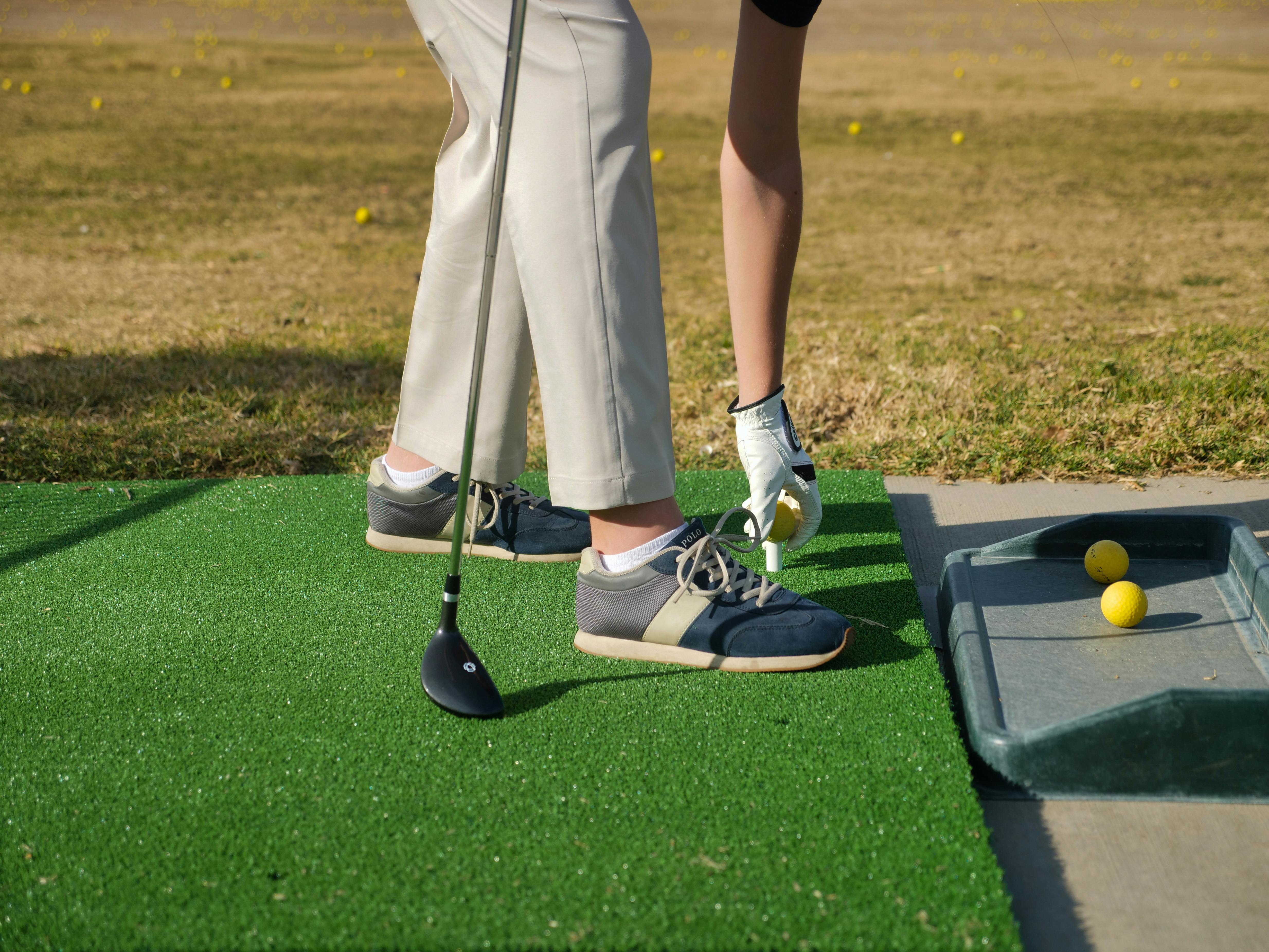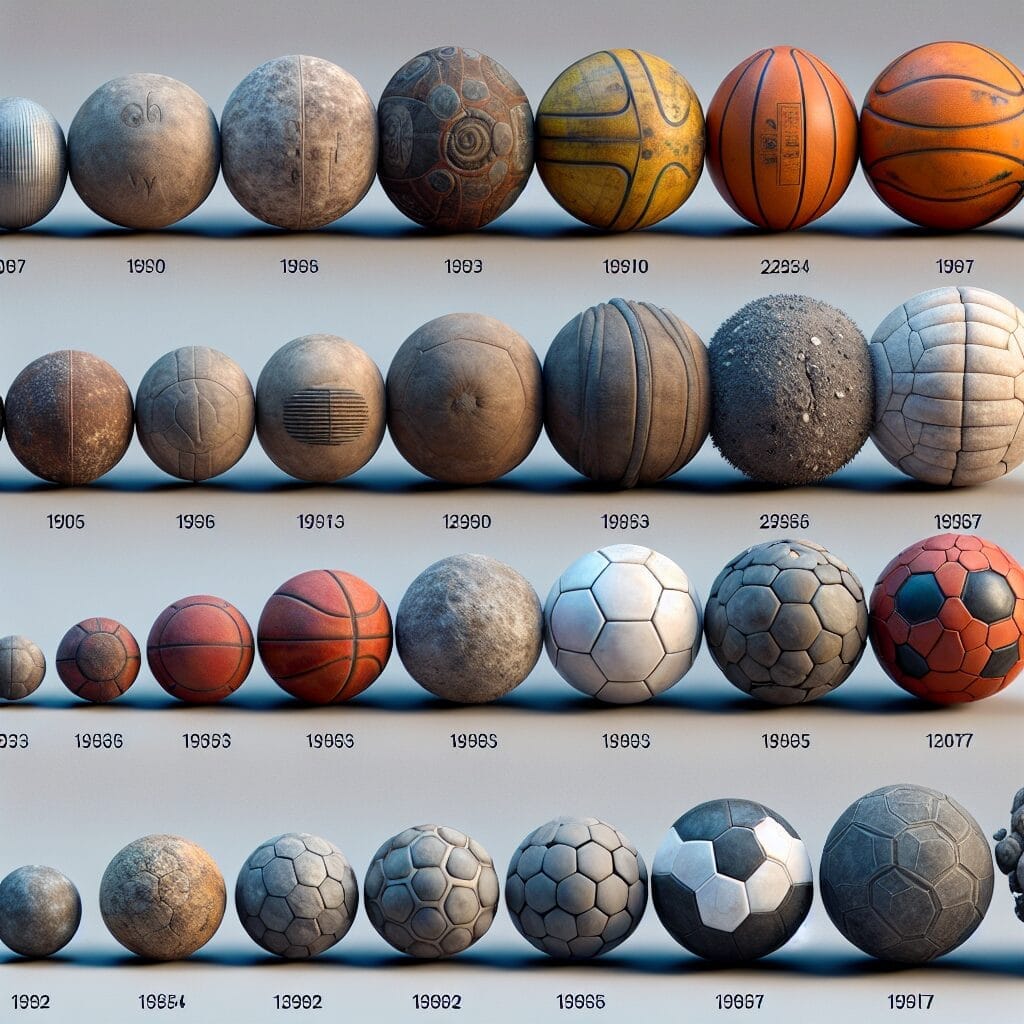Golf balls may look small, but they are an important part of any golf game. Knowing the size of a golf ball can help you make the best decisions when it comes to your equipment and playing style. It’s also helpful to understand why golf balls are made the way they are and how size affects performance. In this article, we will explore how big golf balls are and what factors influence their size and design.The standard size of a golf ball is 42.67 mm in diameter.
Diameter of a Golf Ball
The standard diameter of a golf ball is 1.68 inches. This size has been adopted by the Royal and Ancient Golf Club of St. Andrews, which is the governing body for golf worldwide. The size of the golf ball affects its performance, so it is important to understand the diameter in order to choose the right ball for your game.
The circumference of a standard golf ball is 5.25 inches, and the diameter is measured from one point on its surface to the opposite point on its surface across its center. The size of a golf ball affects its weight, speed, and spin rate when it is hit with a club. It also affects how far it will travel when hit properly.
There are some specialty golf balls available that are slightly larger or smaller than 1.68 inches in diameter, but these are not as widely used as those that meet the accepted standard size for golf balls. It’s important to be aware of which balls you are buying and using in order to get the most out of your game.
Golfers who prefer maximum distance may want to use larger balls while those who need more control may opt for smaller ones which can be more accurate and spin more easily off the club face. Different conditions such as windy weather may also affect your choice of what type and size of ball you use during your round of golf.
Whether you’re just starting out or an experienced golfer, understanding how the diameter of a golf ball impacts performance can help you select just the right one to improve your game and get better results on each shot you take!
Are There Different Sizes of Golf Balls?
Yes, there are different sizes of golf balls. A golf ball is typically 1.68 inches in diameter and weighs around 1.62 ounces. But there are some variations in size and weight that can affect how the ball performs on the course.
The USGA regulates the size and weight of golf balls, which makes it possible for players to use different sizes for different purposes. For example, some players may prefer a smaller ball for greater control and accuracy, while others may prefer a larger ball for more distance off the tee.
In addition to standard golf balls, there are also specialty golf balls designed for specific purposes such as increased spin or increased distance. These specialty golf balls tend to be slightly larger than normal golf balls and may also weigh more or less than standard golf balls.
Some courses have restrictions on the type of ball that can be used during play, so it’s important to check with the course before playing. It’s also important to remember that using a larger ball can affect your game in other ways such as requiring a stronger swing or shorter tee shots due to lower launch angles.
Overall, there are a variety of sizes and types of golf balls available to suit different player preferences and playing conditions, so it’s important to do your research before selecting which one is right for you.
Types of Golf Balls
Golf balls come in a variety of types, each with its own unique characteristics and advantages. The most common type of golf ball is the two-piece ball, which is made up of a hard plastic outer shell and a rubber core. These balls are designed to provide maximum distance off of the tee, and are typically used by beginners or those looking for maximum distance. Two-piece balls are usually the least expensive golf balls on the market.
Another type of golf ball is the three-piece ball. These balls have a rubber core surrounded by two layers of plastic or resin. The outer layer provides a spin on shots around the green for greater control, while the inner layer helps to soften impact and reduce spin off of driver shots. Three-piece golf balls tend to be more expensive than two-pieces, but they provide more feel and control for more experienced players.
The newest type of golf ball on the market is the four-piece ball. These balls feature four layers: a rubber core surrounded by two layers of plastic or resin, then an outer mantle layer that provides even further spin control on shots around the green. Four-piece golf balls tend to be even more expensive than three-pieces, but they offer greater feel and control for better players.
Finally, there are also specialty golf balls designed for specific situations or types of players. For example, tour quality golf balls are designed to offer maximum performance for professional players who need high levels of accuracy and spin control off their tee shots and approach shots around the green. There are also distance golf balls designed to provide maximum distance off the tee without sacrificing accuracy or feel around the greens.
No matter what type of player you are or what your needs may be, there is sure to be a type of golf ball that suits your game perfectly. From two-pieces to four-pieces, from tour quality to distance models, there’s something out there for everyone!
Does Size Matter When Choosing a Golf Ball?
Size is an important factor to consider when choosing a golf ball. While the size of the ball itself does not affect performance, it can impact how the ball feels when you swing and how it behaves in flight. A larger golf ball can help give you more distance off the tee, as it is less susceptible to wind drag and has a higher momentum due to its mass. This means that you can hit the ball farther with less effort. However, a larger golf ball may also be harder to control for some players, as it is more difficult to spin and shape shots with it.
Another important factor in choosing a golf ball is compression rating. Compression rating refers to how hard or soft the core of the golf ball is, which affects its performance. Harder balls tend to have more distance off the tee due to their higher momentum, but they are also more difficult to control around the green since they don’t have as much spin. Softer balls offer more spin around the green but lose some distance off the tee due to their lower momentum.
Finally, it’s important to consider your own individual swing speed and playing style when choosing a golf ball. Golfers with slow swing speeds should choose a softer-compression golf ball that offers more distance off the tee without sacrificing too much control around the green. Golfers with faster swing speeds may benefit from using hard-compression balls that offer high launch angles and maximum spin on approach shots.
In conclusion, size does matter when it comes to choosing a golf ball – but not as much as compression rating or your own individual playing style. By considering all of these factors together, you should be able to find a golf ball that works best for your game and helps you achieve better results on every shot.

Compression and the Size of a Golf Ball
Compression is an important factor when it comes to the size of a golf ball. The compression of a golf ball affects its size, weight, and performance. The higher the compression, the harder and heavier the ball will be; this means that it will be able to retain its shape better and fly farther than a lower-compression ball. On the other hand, lower compression balls tend to be softer and lighter, making them easier to hit off the tee and providing more control around the green.
The size of a golf ball directly affects its performance. A smaller golf ball has less surface area than a larger one, making it easier for a golfer to control their shots. For instance, players with slower swing speeds may find that a smaller ball is easier to hit straight off the tee or into the green. However, players with faster swing speeds will benefit from using larger balls as they are likely to gain more distance with their shots.
The weight of a golf ball also contributes to its overall performance. Heavier balls tend to have more inertia, meaning they will stay in flight longer than lighter ones. This allows players with slower swing speeds to generate more clubhead speed and get greater distance out of their shots. Meanwhile, lighter balls can provide players with faster swing speeds increased accuracy due to their decreased inertia which allows them to control their shots more precisely.
In conclusion, compression has an impact on both the size and performance of a golf ball. Players should take into account their own swing speed when selecting which type of golf ball they should use in order to maximize their game on the course.
Do Professional Golfers Use Larger or Smaller Balls?
Professional golfers use a specific type of ball for competition, which is regulated by the USGA (United States Golf Association). The regulation size of a golf ball is 1.68 inches in diameter. There are no larger or smaller balls allowed for professional play, so all professional golfers use the same size ball.
The size of the ball is important because it affects the distance that it will travel when hit by a club. A larger ball will travel further than a smaller one, but it can also be harder to control and more difficult to aim accurately. This means that using a larger golf ball would give an advantage to some players who have more power and accuracy in their swing, as they would be able to hit longer shots with less effort.
However, the USGA has determined that the regulation size of 1.68 inches is best for professional play, as it allows for consistent performance across all players regardless of skill level or physical strength. This ensures that all players have an equal opportunity to compete and win tournaments without one player having an advantage over another due to their ability to hit longer shots with bigger balls.
Overall, professional golfers use the same size golf balls as regulated by the USGA – 1.68 inches in diameter – and there are no larger or smaller balls allowed for competition play. This allows all players to compete on a level playing field, regardless of their physical strength or skill level.
Does the Weight of a Golf Ball Make a Difference in Performance?
The weight of a golf ball does make a difference in performance. It can affect the accuracy, distance, spin, and feel of a shot. The lighter the ball, the further it will travel and the more spin it will generate. On the other hand, a heavier golf ball will generally fly shorter distances but with less backspin.
The weight of a golf ball also affects its feel when you strike it with your club. Heavier balls tend to feel harder than lighter balls and provide you with more feedback on your swing. On the other hand, lighter balls can sometimes feel softer but may not provide as much feedback on your swing.
Finally, the weight of a golf ball can also affect its accuracy. Generally speaking, heavier balls tend to be more accurate than lighter ones since they travel in straight lines more consistently. Lighter balls are more prone to veering off-course due to their increased spin rate and decreased stability in flight.
Overall, the weight of a golf ball does make a difference in performance and should be taken into account when selecting one for use on the course. Heavier balls are generally better for accuracy while lighter ones offer increased distance and spin rate. Ultimately, it comes down to personal preference and what works best for your game.

Conclusion
Golf balls come in various sizes and weights, with different characteristics that can suit different playing styles. The size of a golf ball is determined by its diameter, which is regulated by the USGA. The regulation size for a golf ball is 1.68 inches in diameter. However, many manufacturers offer golf balls of varying sizes and weights, which can be beneficial to players with different swing speeds or playing styles. It is important to choose the right size and weight of golf ball for your game to maximize your performance on the course.
Overall, understanding how big golf balls are can help you make an informed decision when purchasing new equipment. With a variety of sizes and weights available, it’s important to research different options before settling on one type of ball that will best match your game. Ultimately, having the right sized ball can give you an edge on the course and help you improve your performance.




